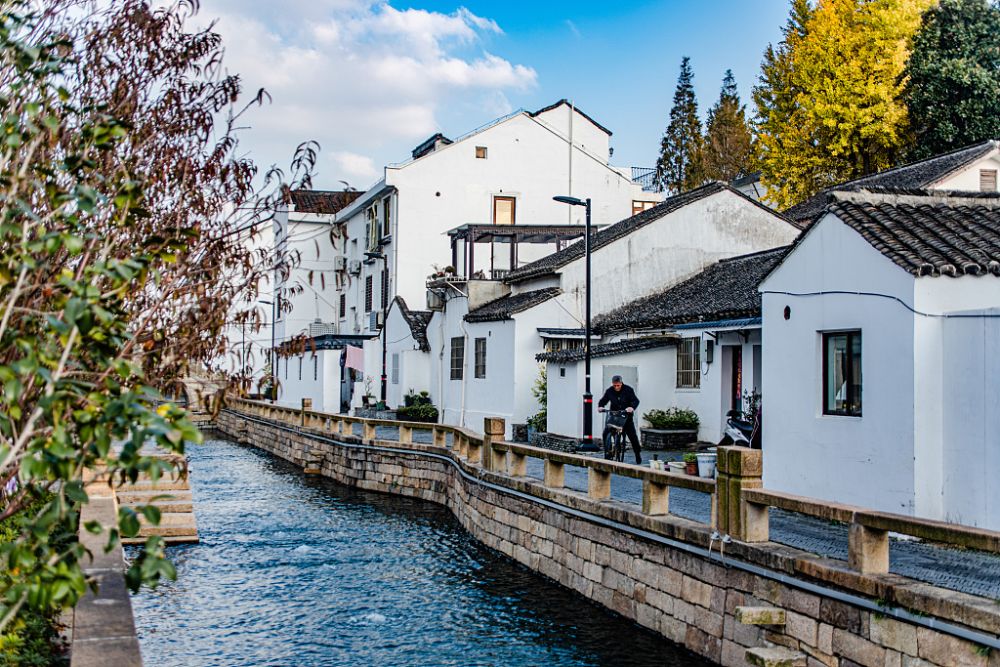

Spanning over a thousand years of history, Pingjiang Road is more than just a thoroughfare in the ancient city of Suzhou; it is a time-honored symbol of the city's enduring culture and history. Characterized by its traditional whitewashed residences, black tiles, and narrow waterways, this cobblestone street has been a focal point of Suzhou's tourism industry, drawing visitors eager to glimpse China's prestigious past and vibrant cultural tapestry.
Established in the Song Dynasty, Pingjiang Road and its environs are a living museum reflecting the architectural styles and urban planning from the 11th century onwards. This area was a hub of cultural and social activity, famous for its scholars, artists, and stunning gardens—a motif that carries through to modern times. Recognized as a UNESCO World Heritage Site, it encapsulates the essence of a southern Chinese water town.
While Pingjiang Road has always held touristic value for its classical aesthetic and historical significance, the area witnessed a surge in tourism beginning in the late 20th century. Following China's economic reforms and the opening up policies, Suzuddenly the world began unlocking once-overlooked gems, with cities like Suzhou coming to the forefront of cultural tourism. Consequently, the local authorities have taken measures to preserve and enhance the road's appeal, including the restoration of historic buildings and improvement of visitor facilities.
Today, Pingjiang Road is a bustling epicenter of activity that seamlessly integrates its ancient charm with modern amenities. Visitors can enjoy traditional Kunqu opera performances, visit art galleries, or simply relax in the quaint tea houses and cafes that line the street. The area is also famous for its selection of intricate handicrafts and silk products, echoing Suzhou's deep roots in silk production.
In recent years, experiential travel has become popular, with tourists seeking immersive cultural experiences. Pingjiang Road caters to this trend through interactive workshops where visitors can learn calligraphy, Chinese painting, or participate in tea ceremonies. Moreover, the rise of social media has made this photogenic locale a hotspot for influencers looking to capture the essence of traditional Chinese aesthetics, further elevating its profile as a must-visit destination.
With the surge in popularity, Pingjiang Road faces the challenge of balancing tourism and preservation. To maintain the integrity of the area while accommodating growing numbers of visitors, local initiatives focus on sustainable tourism practices. These include controlling visitor flow, maintaining the cleanliness of the waterways, and ensuring that commercialization doesn't detract from the historical ambiance.
Those planning to visit Pingjiang Road are encouraged to explore on foot or by taking a traditional boat ride along the canals to fully appreciate the serene beauty of this timeless place. Most importantly, visitors are asked to respect and contribute to the preservation efforts, ensuring that Pingjiang Road continues to be a vivid chapter in the story of Suzhou for generations to come.